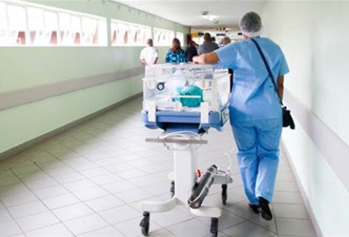The Australian-owned biometric technology developer has been working with the NSW Police Force for a couple of years and already provides it with technology to help identify known suspects and offenders using aliases.
Bruce Lyman, CEO at Argus, told CRN that the current deployment will effectively enhance its existing investigation tools.
“The implementation of the solution is designed to ensure there is no impact on current production, allowing police officers across state to continue to derive operational benefits from the existing solution while new product is put in place,” he said.
“[Biometrics] has become important in an environment where the absolute assurance of an identity is needed.
“Also business efficiency and the ability to handle a number of visitors has made it attractive to the Department.”
According to Lyman the biometric industry in Australia is now at a stage where the technology is proven and ready.
“The next step is to deliver robust applications. The technology will be able to show deeper returns and visible business improvements,” he said.
Lyman said other than police departments and correctional facilities, biometric technology will be important for emerging markets like health care.
“Proving the application can mitigate mistakes in the health industry is the next step.”
NSW Police upgrades biometrics with Argus
By
Lilia Guan
on Dec 17, 2008 11:39AM

Got a news tip for our journalists? Share it with us anonymously here.
Partner Content

Tech Buying Budgets for SMBs on the Rise
_(11).jpg&h=142&w=230&c=1&s=1)
The Compliance Dilemma for Technology Partners: Risk, Revenue, and Reputation

Shure Microsoft Certified Audio for Teams Rooms

Promoted Content
From Insight to Opportunity: How SMB Service Demand is Shaping the Next Growth Wave for Partners

Tech Data: Driving partner success in a digital-first economy




.jpg&w=100&c=1&s=0)
_(8).jpg&w=100&c=1&s=0)







.jpg&q=95&h=298&w=480&c=1&s=1)


.jpg&q=95&h=298&w=480&c=1&s=1)


